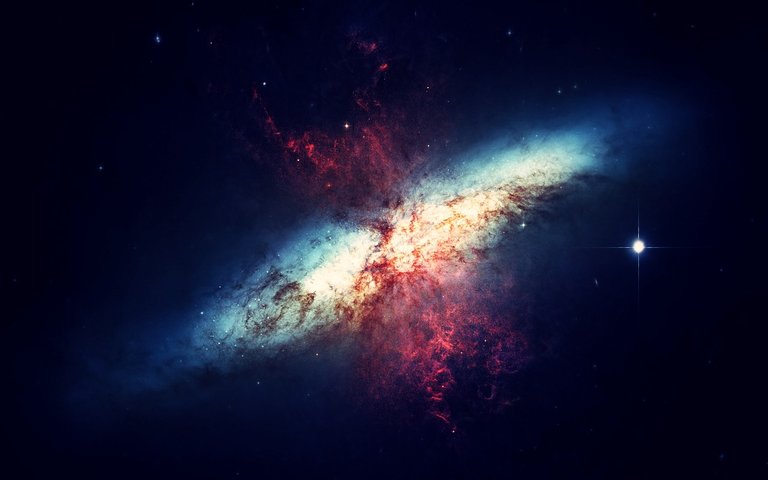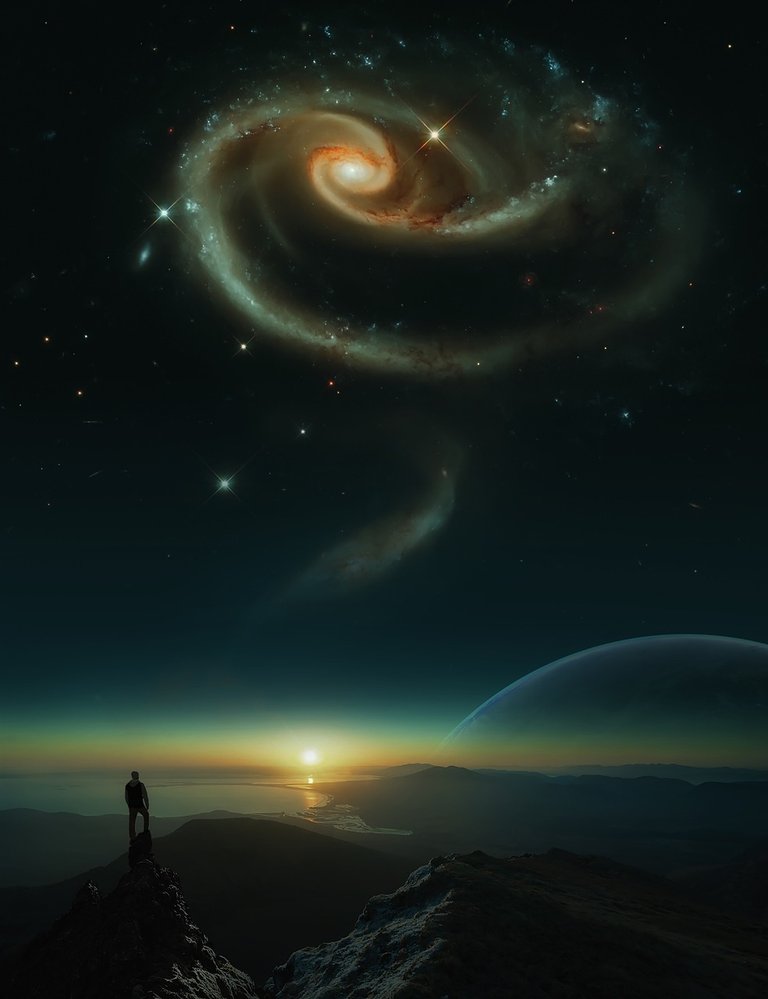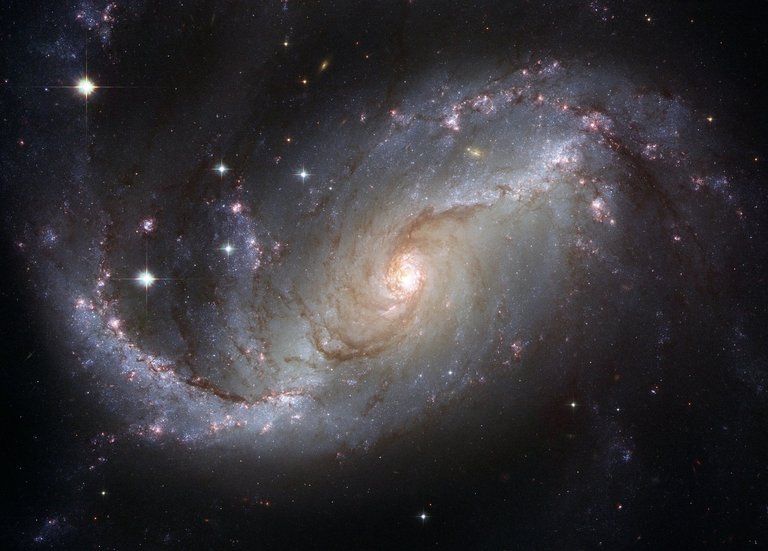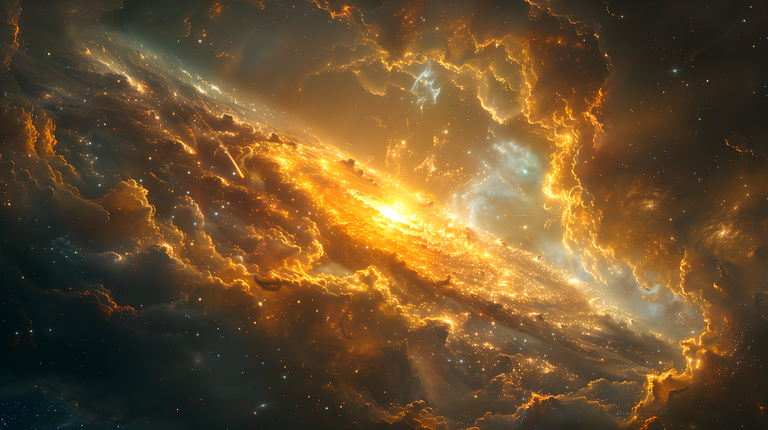Can our own galaxy, the Milky Way, be devoured by another galaxy?, Yes. Galaxies often Cannibalize each other, often literally swallowing a companion galaxy, which is called galactic cannibalism. This cosmic process makes happen when a galaxy engulfs another, smaller galaxy and effectively derives all its star-stuff., gas and dark matter. Though, it may sound counter intuitive to say, cannibalism in space is alive and well and is responsible for the growth and differentiation of galaxies and the overall formation and development of the galaxies within the universe for billions of years now.

What is Galactic Cannibalism?
Cannibalism is realized in cases where two galaxies: usually the primary galaxy and the companion, which, getting closer to the primary galaxy to a distance, where the pull of the strong gravitational field of the primary galaxy exceeds its own gravitational field, the companion galaxy is pulled apart and gradually ingested into the primary galaxy. The stars and other matter from the smaller galaxy are then either incorporated into the large disk galaxy, or are placed into long, diffuse tails producing what is referred to as tidal streams of stars. The change is slow, happening over hundreds of millions to billions of years but the transformation is enormous.

As for Galaxy Mergers it can radically alter the morphology, size and star forming activity of a galaxy. For example, a spiral type system, that is the Milky Way, can change to an elliptical as a result of its cannibalism of other smaller galaxies.
Galactic Diet
Even our own Galaxy, the Milky Way, act as a predator in this process. Over the course of its existence, it had performed an assortment of acts of intergalactic consumption. An interesting and infamous example here is the Sagittarius Dwarf Galaxy which is gradually being shredded by the Milky Way’s gravity. As the stars in the Sagittarius galaxy are slowly being removed they join our galaxy and form a stream of stars which astronomers are caught between tracking.
What I found especially interesting is the fact that this process is not the exclusive course of the Milky Way. The Andromeda Galaxy next to it also in our local group of galaxies has also performed a couple of episodes of galactic cannibalism. In fact, Andromeda and the Milky Way are in collision course that should see the two galaxies merge in approximately 4.5 billion years. This future merger will be one of the biggest steps in the subsequent history of these two galaxies and in a few billion years they will eventually coalesce to form an even bigger elliptical galaxy, nick-named ‘Milkomeda.’

The Role of Dark Matter
It is also important to remind that galactic cannibalism is performed with visible matter, i.e. stars and gas as well as with dark matter. Individual galaxies are situated in vast halos composed of dark matter material, which performs the role of a certain sort of cement. These dark matter halos are in tact along with the galaxies, during a merger, to assist in the final arrangement of the joined galaxy and assist in stabilizing the joined galaxy after the merger.
It would probably not be really exaggerating if we were to speak about galactic cannibalism, which is an inalienable part of the life cycle of the universe. These mergers are also though destructive, are considered creative that give formation to stars and the galaxies seen today. The longer astronomers compare many such systems, the more they learn about how galaxies change over time and the part played here by these galactic mergers.
This is interesting to know.
A lot really exists
Yes, A lot 😊
Nice one 👍